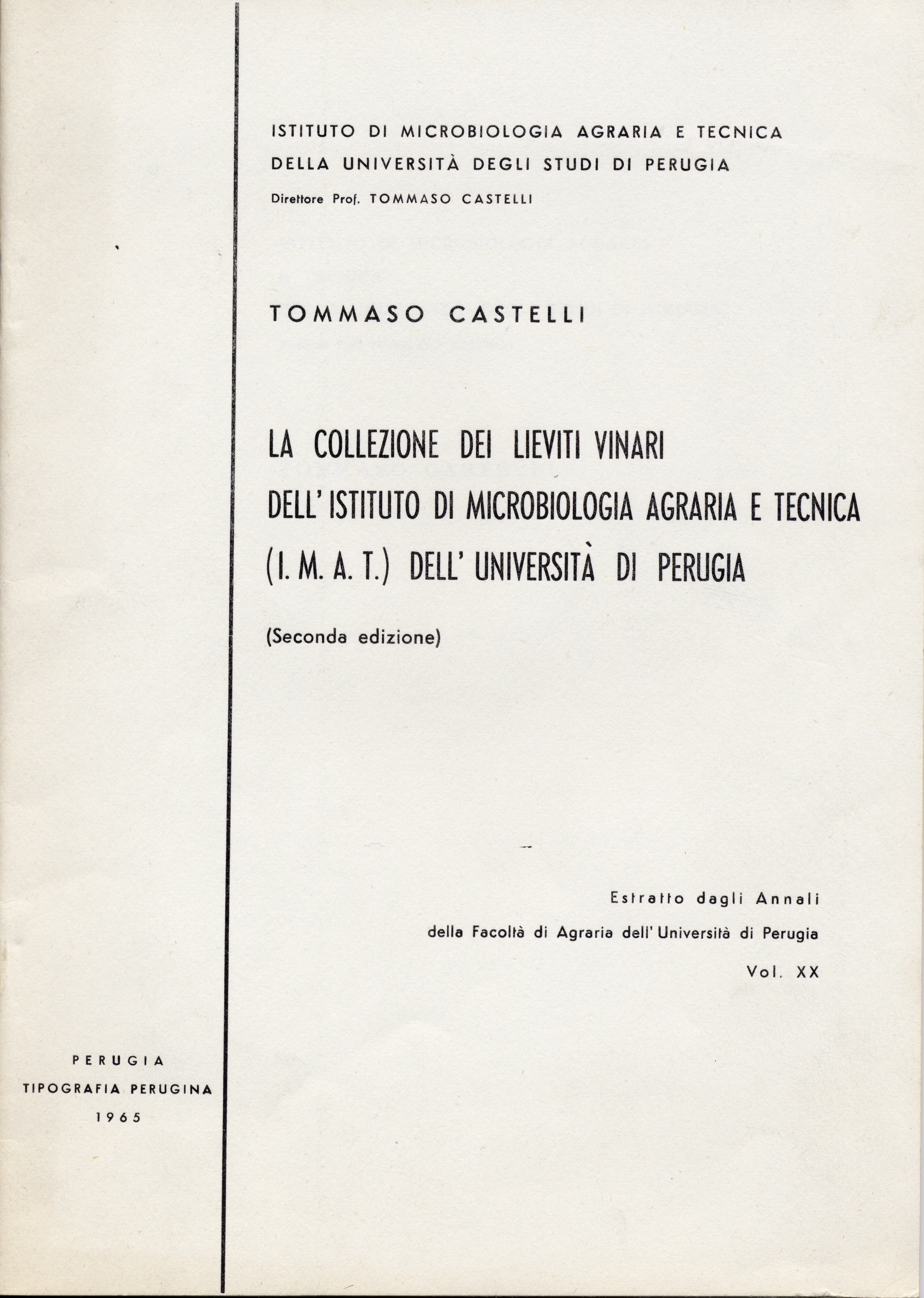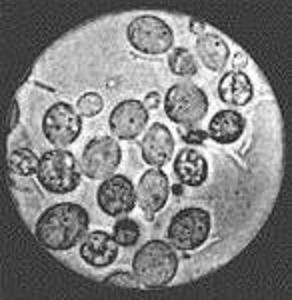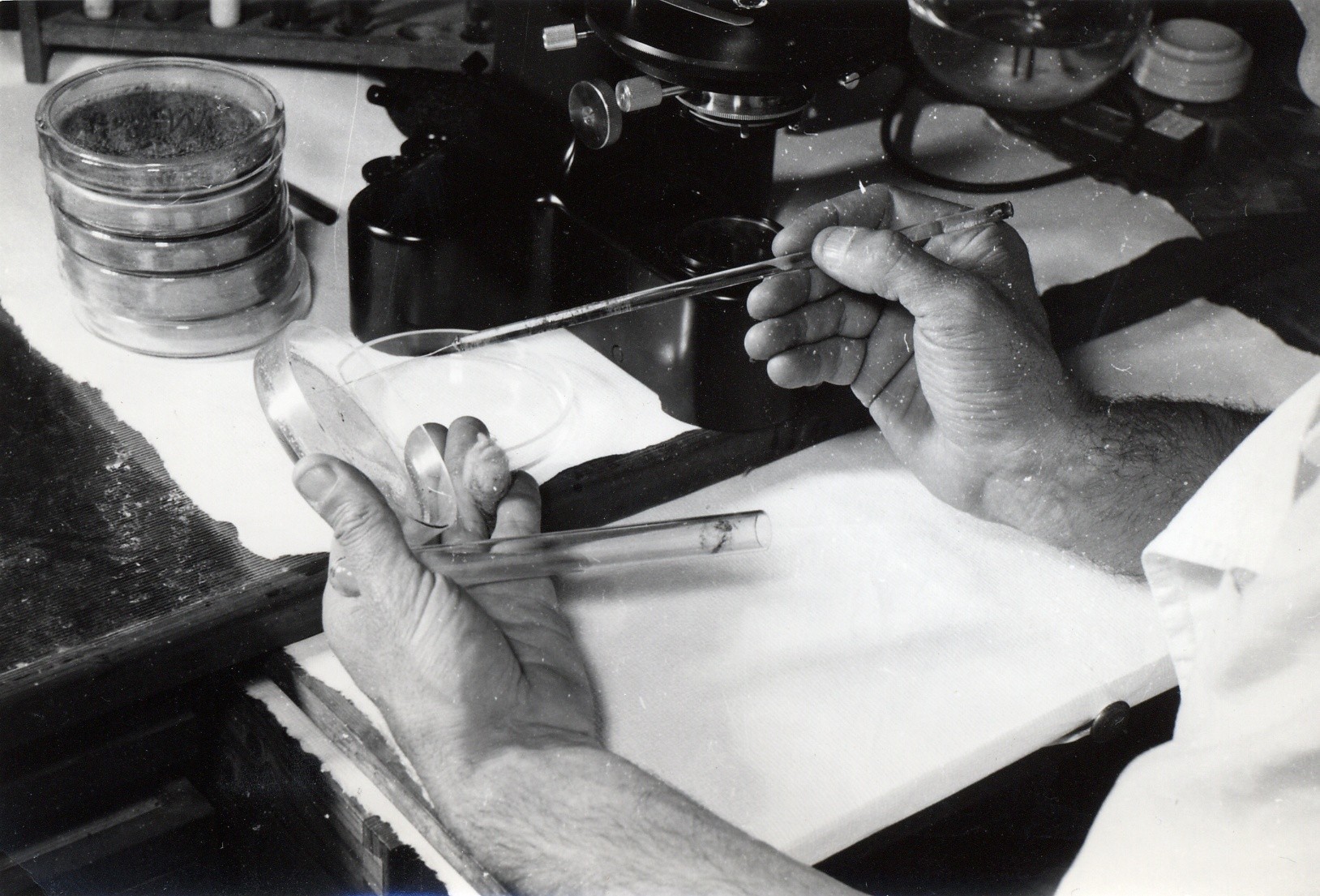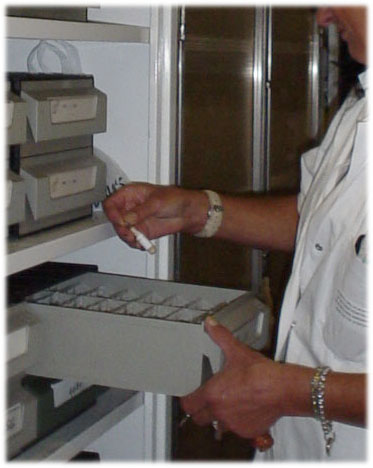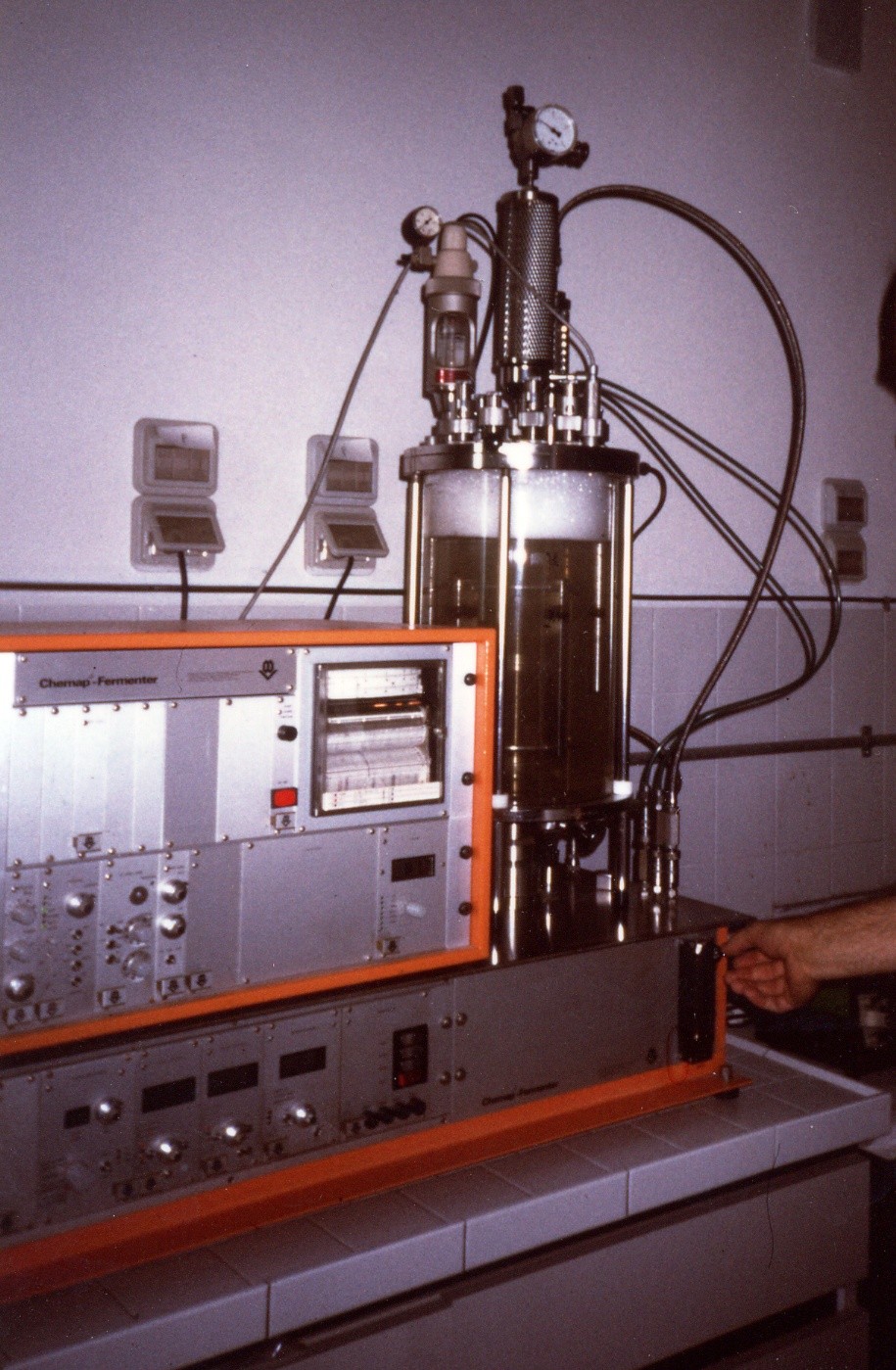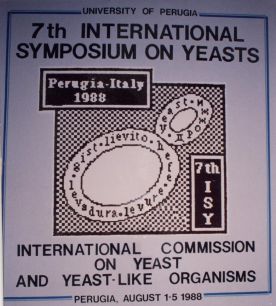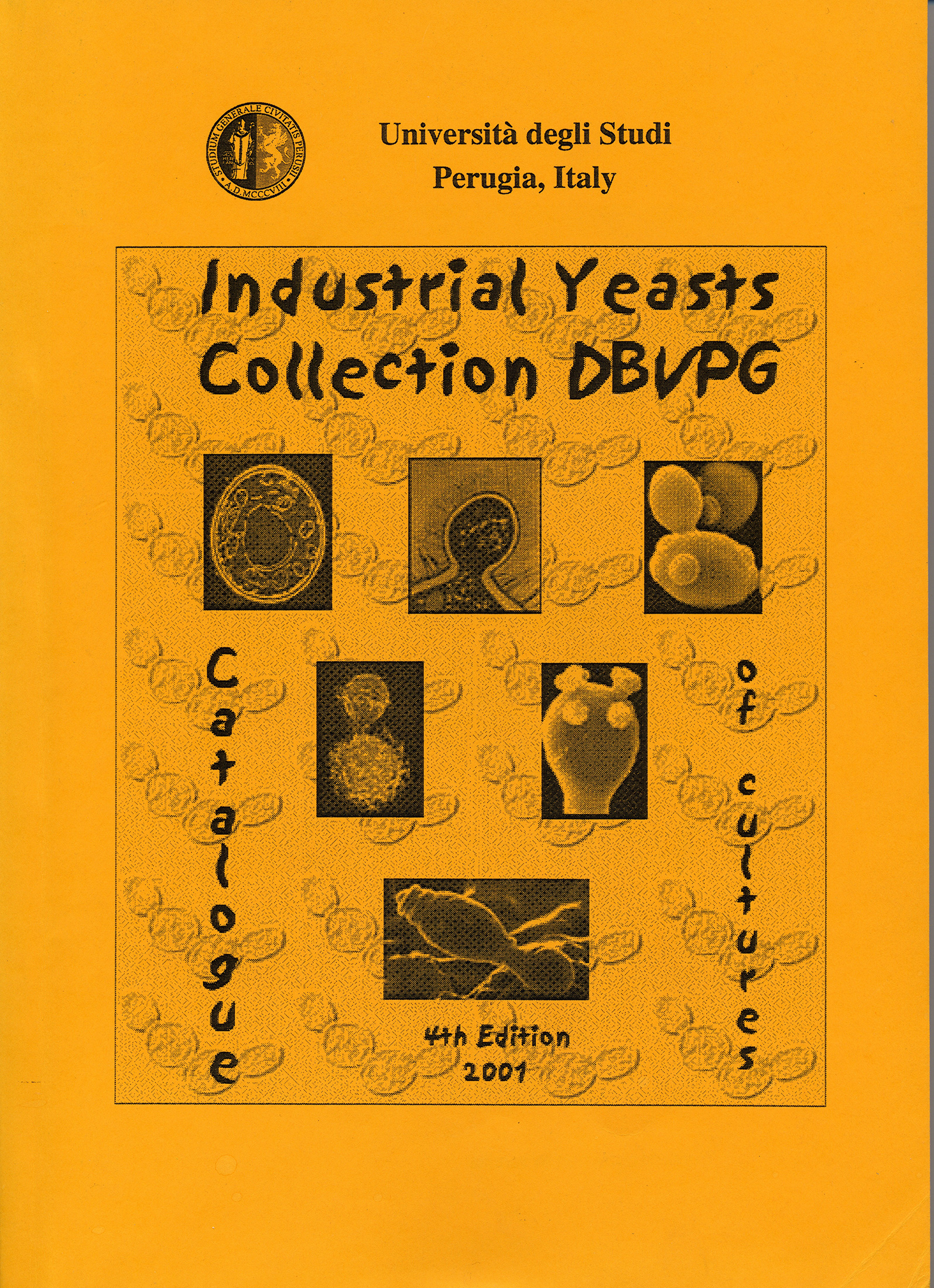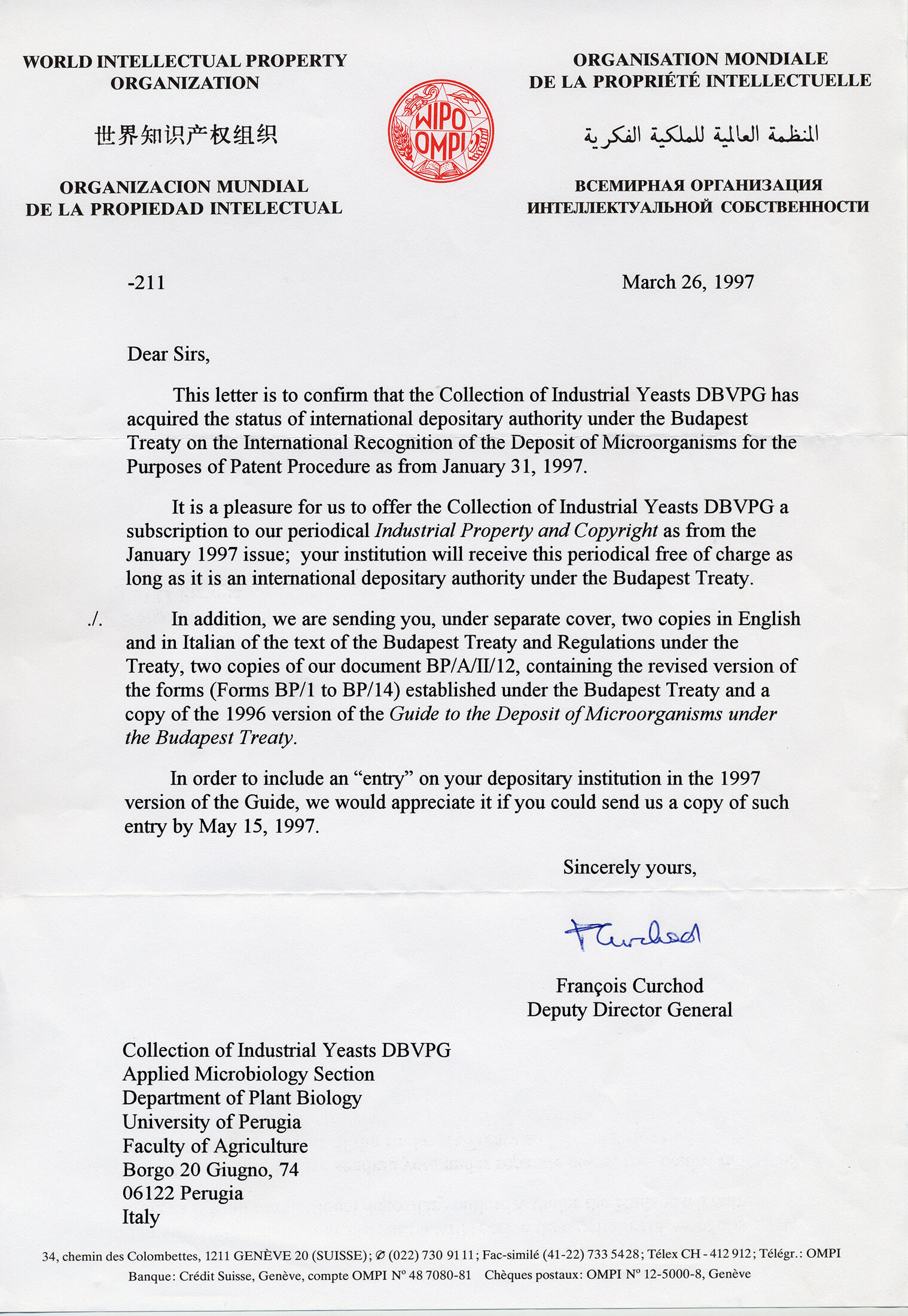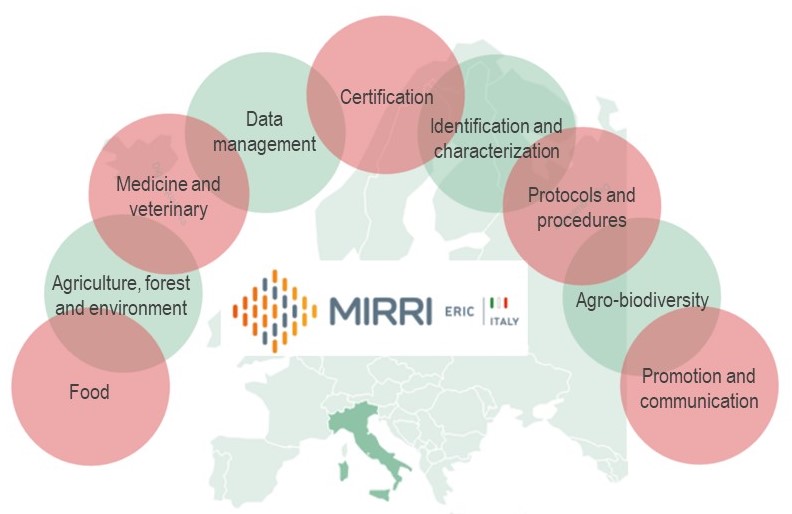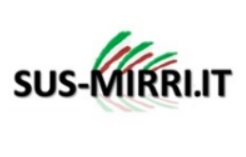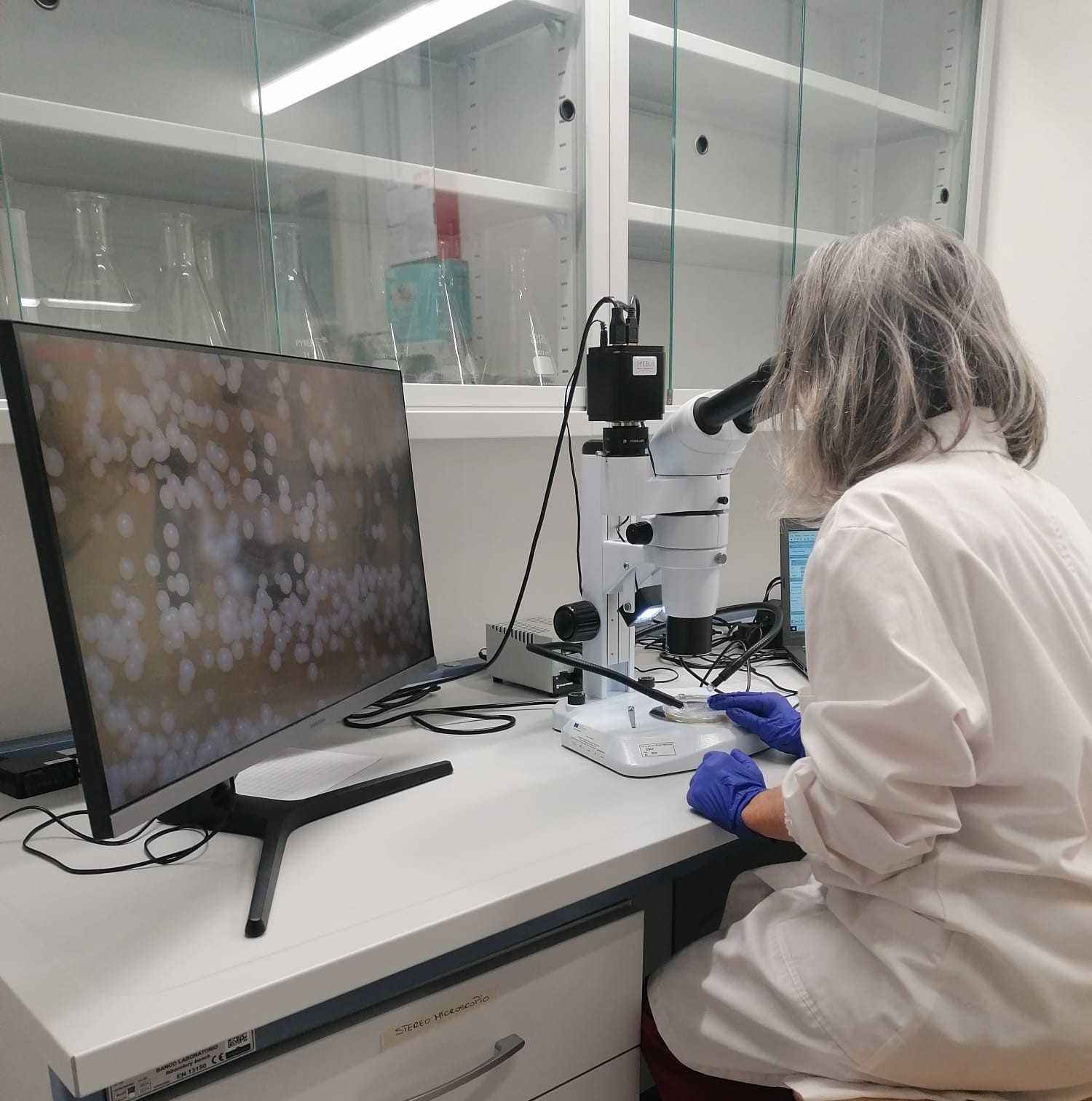Mission
“Fungi that asexually reproduce by budding or fission, which results in growth that is comprised mainly of single cells.”
The mission of the DBVPG Collection of the Department of Agricultural, Food and Environmental Sciences of the University of Perugia is focused on the acquisition, classification and ex-situ conservation of yeasts and yeast-like organisms, their distribution to public institutions (Universities, Centers of Research and Development), as well as to private and industrial companies (including SMEs) national and international. All conserved strains are available for educational and research purposes; many of them also for industrial development. The DBVPG Collection is cited among the top 5 Collections on a global scale based on the number of stored yeast strains and represents a global reference point for the study of yeast biodiversity.
The DBVPG Collection also provides the international scientific and industrial community with consulting services on scientific and biotechnological issues related to the use of yeasts. These include the identification and deposit of yeast strains on behalf of third parties, as well as the organization of specific training courses on the study and use of yeasts. Upon request, research projects commissioned by third parties can be carried out on a strictly confidential basis.
The DBVPG Collection is affiliated with the European Culture Collection Organization (ECCO) and the World Federation of Culture Collections (WFCC) and is recognized as the International Depositary Authority (IDA, under the Budapest Treaty) of yeasts and yeast-like organisms for patent purposes (only 3 IDAs are present in Italy).
Vision
The DBVPG Collection, born as a laboratory collection in the early 1900s, has now managed to conserve over 7,000 strains of yeast characterized from a taxonomic and physiological point of view; these represent a large part of the total biodiversity of the yeasts described to date, which however is still largely unknown (it is estimated that over 97% of the species potentially present in terrestrial ecosystems have not yet been studied).
From this perspective, the DBVPG Collection foreshadows its fundamental role in the description of new species and in their taxonomic, physiological and biotechnological characterization, as a link between basic research and applied research.
The new environmental and climate challenges are pushing towards a development that respects the environment and helps mitigate the effects of climate change. The use of microorganisms for the production of new biomolecules, some of them capable of replacing molecules produced from hydrocarbons of fossil origin, seems to be envisioned as one of the possible future scenarios for the development of biotechnology on a global scale. In this context, the DBVPG Collection will be able to play a key role, thanks to the widely characterized microbial biodiversity it conserves.
History
1906 -1975. The first years as the "Collezione IMAT"
The Collection, initially denominated “Collezione dei Lieviti Vinari dell’Istituto di Microbiologia Agraria e Tecnica” (acronym IMAT) was founded at the beginning of the past century when the Italian Schools of Agriculture decided to include Microbiology, a subject still in its infancy, in their curricula. Interestingly, this was several decades before the School of Medicine introduced Medical Microbiology as a subject separate from General Pathology (at the end of World War II) or that of Biological Sciences, which waited until 1960.
In 1906 the “Scuola Superiore di Agricoltura” of Perugia summoned Prof. Gino de’ Rossi, a young teacher of Hygiene at the Medical School of the University of Pisa (Italy), to take the first chair of “Microbiologia Agraria e Tecnica”. He immediately abandoned the study of pathogenic bacteria for microorganisms of agro-industrial interest. The first yeast accession into the collection can be attributed to Gino de ‘Rossi: a strain of Saccharomyces cerevisiae isolated in 1912 from fermenting grape must.
The IMAT Collection underwent significant development and expansion from the beginning of the 1930’s. The main reason for this was the need of conservational support for the extensive yeast ecology surveys initiated by Prof. De’ Rossi and continued by his successor Prof. Tommaso Castelli, together with his collaborators (Augusto Capriotti, Corrado Cantarelli, Alessandro Martini and others) which would extend over a period of more than 40 years. Like to other working collections, IMAT was born almost spontaneously with the primary task of conserving the innumerable cultures studied between 1933 and 1971. These were isolated from several thousand samples of fermenting grape must, soil, air and water, compost and manure, human and animal organs, foods, alcoholic beverages, ensiled grains, wild fruits, insects, caverns, flowers and honey, among other sources.
From the years 1950 to about 1970 the Collezione IMAT survived thanks to a small contribution of the Italian National Council for Research (CNR), which wisely and with commendable continuity granted funds every year with the promise of eventually considering the possibility of forming a national collection of microbial cultures. Cultures were conserved on malt agar slants at room temperature with a frequency of inoculation in new slants every 3 to 4 months. The first and second editions of the official catalogue of the Collezione IMAT were published in 1955 (with 1,200 strains) and 1965 (with 2,100 strains).
1975 - 1984. Reorganization of the "Collezione IMAT"
Starting from 1960-65, the IMAT collection underwent a progressive technical deterioration for various reasons. First of all, the number of new accessions diminished significantly due to changes in the research interests of the Istituto di Microbiologia Agraria e Tecnica. In addition, important funding cutbacks imposed a reduction of the frequency of inoculation in new slants (from three to only one per year) in order to save on media and technical personnel. Another problem was the actual identity of the older strains conserved in the IMAT collection. These had been classified during different periods (from 1930 to 1975) according to the current techniques in use when the original isolation was carried out. In most cases strain designations were not updated as new taxonomic procedures were proposed. Finally, the procedure of conservation on malt agar had become obsolete as other collections began adopting lyophilization as a safer and less expensive mode of culture preservation.
For the above reasons, in 1975 it was decided to dedicate a large part of the working potential of the Istituto di Microbiologia Agraria e Tecnica to a technological and organizational revision of the IMAT collection. By 1984, thanks to the precious work of Prof. Alessandro Martini and Prof. Ann Vaughan-Martini, the preliminary task of reorganization was completed. Concurrently, it was decided to transform the IMAT collection into a service institution.
1984 – 1990. IMAT transformation into the service collection DBVPG
In 1984 the Istituto di Microbiologia Agraria e Tecnica, which hosted the IMAT collection, merged with the Istituto di Botanica creating the Dipartimento di Biologia Vegetale (DBV). As a result of this, IMAT assumed the new denomination “Collezione dei Lieviti Industriali – Industrial Yeasts Collection” and the acronym was changed to DBVPG. At that time a 3rd edition of the catalogue was published.
As a service collection, the DBVPG Collection performs three basic functions: acquisition, conservation and distribution of yeast cultures and related information. In addition, it provides a service of conventional classification of unknown strains, integrated by procedures of molecular taxonomy. The main institutional scope is that of safeguarding genetic resources and yeast biodiversity as well as those properties of biotechnological interest available in yeast germplasm. This objective, which is essential for any culture collection, is accomplished by conserving microorganisms in conditions that guarantee their survival and preserve their genetic integrity.
1990 - 2017. Recent DBVPG activities
Since 1997 the Collection DBVPG has been accredited by the Italian Ministry of Commerce (now Ministry of Economic Development) as an IDA (International Depositary Authority) for the deposit of patented yeast and yeast-like fungi (with the exception of those having properties that may be dangerous to human health) under the Budapest Treaty. In 2001 (year of publication of the fourth edition of catalogue and of the creation of the website) over 4,000 yeast strains (belonging to about 500 different species) were conserved.
In more recent years, thanks to contributions from the Italian Council for Research, the Italian Ministry for Education and the European Union, numerous yeast cultures collected in ecological studies carried out in extreme environments of Africa (Somalia) and of South America (Brazil, Argentina) were investigated and included into the collection. Particularly, more than 1,000 yeast cultures were isolated as the result of ecological investigations carried out on cold and glacial environments (e.g. Antarctica, Arctic regions, Himalayan region, Andes, Alps). In 2013 the second website of the Collection and the first online catalogue were published.
2017 - 2022. Joint Research Unit MIRRI-IT
In 2017 the University of Perugia (represented by the Department of Agricultural, Food and Environmental Science – DSA3, University of Perugia, hosting institution of the DBVPG Collection), together with 4 other partners (University of Turin, University of Modena and Reggio Emilia, National Research Council, and IRCCS Policlinico San Martino Hospital), founded the Joint Research Unit MIRRI-IT (Microbial Resource Research Infrastructure – Italy) with the main aim of overcoming the fragmentation in the availability of resources and services of the Italian Collections of microorganisms.
MIRRI-IT (http://www.mirri-it.it/) is the Italian node of the European Research Infrastructure MIRRI (Microbial Resource Research Infrastructure, www.mirri.org) included in the ESFRI 2016 roadmap, which represents the largest European research infrastructure in the field of collections of microorganisms. The purpose of MIRRI-EU is the creation of a pan-European infrastructure that guarantees the conservation and distribution of microorganisms and their derivatives (appropriately controlled and preserved) and all associated metadata, to promote knowledge and innovation both in the academic and industrial sectors, with important consequences in biotechnological development.
After the institution of MIRRI-IT in 2017, additional structures distributed in all regions of Italy, joined the JRU, obtaining to become part of MIRRI-IT as Associated Members. To date, there are 16 Associated Members, including Universities, Zoo-prophylactic Institutes and Research Centres.
Main activities of MIRRI-IT:
– coordination of the functioning of the microbial cultures collections in Italy according to the international quality standards, also through the creation of a national network;
– harmonization of procedures for microbial cultures collections on the basis of national and international standards (e.g. Nagoya Protocol, intellectual property rights, privacy, biosecurity, etc.);
– promoting interdisciplinary cooperation and representing Italy in national and international networks, and organizations and providing a single-entry point for offering quality microbiological services to stakeholders.
2022 - today. SUS-MIRRI.IT Project
Since 2022, the Collection DBVPG, thanks to its participation in the PNRR project ‘SUS-MIRRI.IT – Strengthening the MIRRI Italian Research Infrastructure for Sustainable Bioscience and Bioeconomy’, has started a plan to upgrade laboratory spaces, purchase new equipment and hire technical staff dedicated to the management of the collection.
Part of the resources derived from the SUS-MIRRI.IT project have been earmarked for the implementation of a Quality Management System, with the aim of acquiring ISO 9001:2015 certification by 2025.






